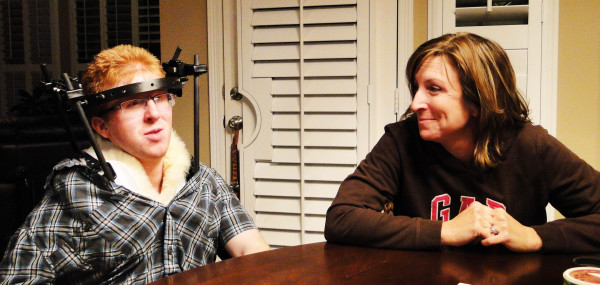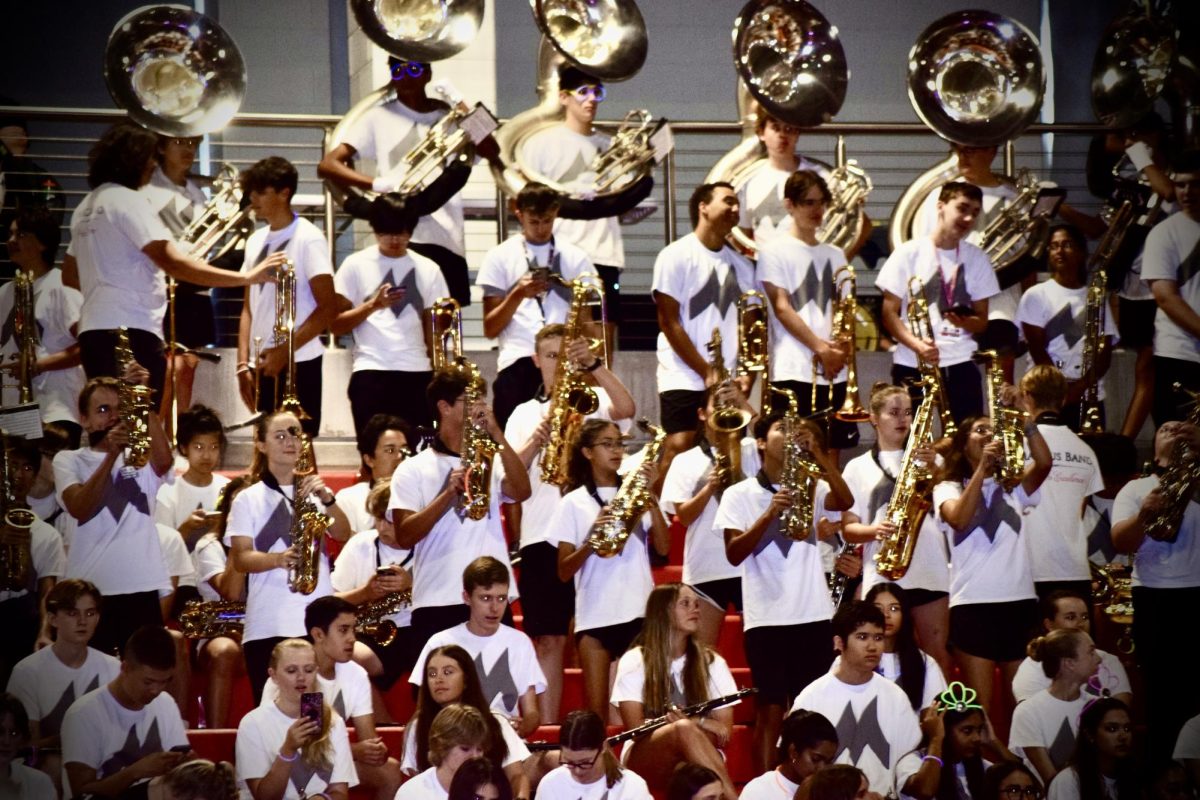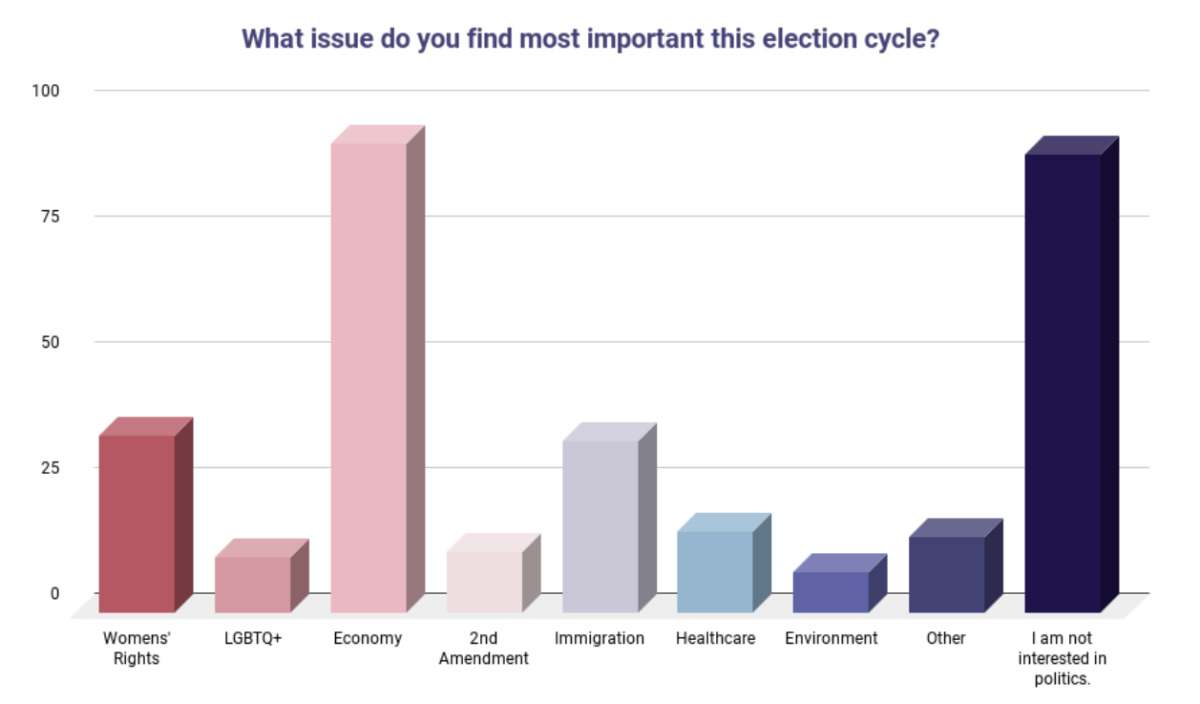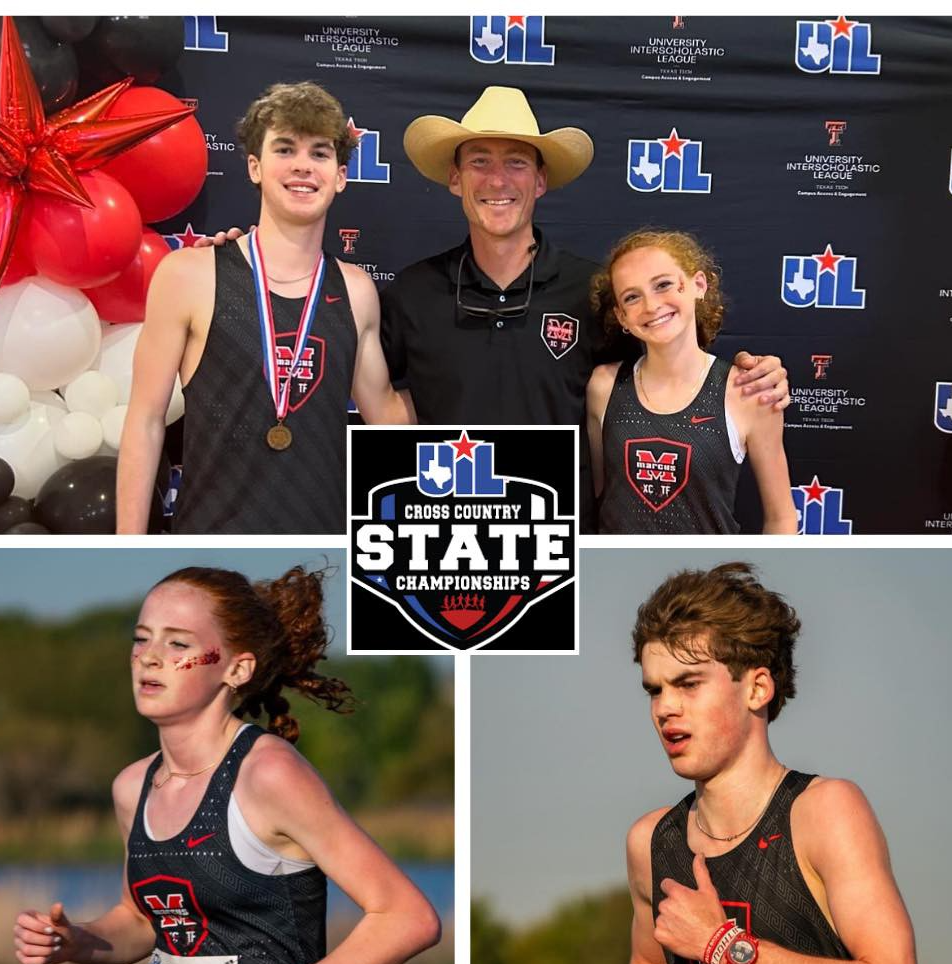The sun was setting on an October evening in 2006. Along with family and fellow baseball team members, 11-year-old Ryan Davies visited a racetrack for an end-of-the-season Little League party. Ryan loved Sports. He played everything from baseball to golf and he was nicknamed Ryan “ESPN” Davies.
In the parking lot, the boys tossed a football while a miniature racecar raced around one of the tracks. Suddenly, the car spun out of control. Everyone scrambled to safety behind trashcans and other objects. Everyone, except for Ryan.
The car left the track and toppled onto him, slamming his body against a fence that lined the lot and his head against the concrete. The vehicle crushed his right calf.
He lay unresponsive.
Helicopter propellers echoed around the racetrack as blinking lights in the darkening sky grew nearer. Ryan was taken by CareFlight to Cook Children’s Medical Center. Machines whirred and beeped in the ER as doctors worked to stabilize and connect him to a heart rate monitor. Oxygen flowed through a mask attached to Ryan’s head into his lungs, helping him breathe. His parents remained at his side.
The doctors did not know if Ryan would survive. The damage to his leg was apparent, however the extent of injury to his brain remained unknown. But because of the force of the impact, the doctors knew it would be severe.
Once he was stabilized, the doctors began to operate on Ryan’s broken leg and then placed a bolt in his head to monitor the pressure his brain was under. Ryan returned to the ICU, where he remained for 18 days.
These days were full of worry for his mother, Karen Zina, father William Davies and 7-year-old brother Peyton Davies, all of whom witnessed the incident.
“I couldn’t believe any of it was happening,” Karen said. “I felt like I was looking through a window and just watching.”
The family soon discovered Ryan had a traumatic brain injury. He couldn’t eat, speak, walk, sit up or move his arms and legs. He also had short-term memory loss. For 10 months, Ryan remained in the hospital relearning these everyday tasks over again.
***
It was Christmas time. Two months had passed since the accident. Karen was on her way to the hospital where Ryan and his father and brother were waiting.
They had a surprise for her.
Karen walked into the hospital room, where Ryan lay moaning in pain from his cramped muscles. Presents filled every corner of the room. She made her way over to her son. The family gathered around him and watched as he mouthed his first word since the accident.
“Mom,” he whispered.
Karen cried out in joy. She knew then Ryan could understand them.
The months to follow were full of surgery and therapy. Doctors performed an operation on Ryan’s stomach to insert a pump that dispensed medicine into his system. Later, a stimulator was surgically placed into his brain to aid in muscle coordination.
With the help of speech therapist, Ryan slowly learned to string words together. When he first learned to talk, he whispered. Ryan continued to practice talking and was soon able to speak at a normal volume but in monotone; the part of his brain that controlled inflection, or the tone of voice, was damaged in the crash.
In addition to speaking, Ryan practiced walking. Four months after the accident, he stood up for the first time. Behind a glass window, Karen and William watched as their son cried out in pain from the pressure being put on his joints. He called out to them, pleading for them to make the pain stop.
As therapy progressed, despite the pain and frustration that he faced, Ryan remained positive. When faced with the challenge of sitting in a chair or bending his arms and legs, Ryan never said he couldn’t. He endured each therapeutic practice, encouraged by his accomplishments.
After 10 months in the hosp-ital, Ryan attended a rehabilitation center for a year and then began the transition back to school.
***
Five years have passed since the accident, and Ryan is able to dress and feed himself, move around in his wheelchair, talk, read and write. Although he has short-term memory loss, he acts like a regular teenager. He said he likes when friends participate in Circle of Friends activities with him, a club where students get a chance to hang out with special needs students. According to his mother, Ryan is still the same kid who used to hang out with friends and do sports, but he sometimes has trouble showing this personality.
“If Ryan didn’t have the physical side-effects of the accident, you probably wouldn’t know just by looking at him,” Karen said
Even though he is in a wheelchair and cannot participate on teams, Ryan still has a love for sports. He said if he could do anything in the world, he would play basketball with Dirk Nowitzki. During school, Ryan takes P.E. Partners, a class in which students participate in P.E. activities with students who have special needs.
“I like being in P.E. with partners because they help me out,” Ryan said. “A lot of girls help me out.”
Physical activities have become more of a challenge now that Ryan has scoliosis. After getting out of the hospital, Ryan grew so fast while in his wheelchair that he acquired this medical condition.
To straighten out his neck and spine, Ryan must wear a head brace attached to a vest called a “halo” that is pinned into his head with six different pins that press against his skull. After a couple of months, the brace will be removed and Ryan will need surgery, which will help him walk. Karen says she believes that in the future, he will be able to walk short distances without a wheelchair.
Throughout the frustration that comes along with learning to walk and remembering daily activities, Ryan remains optimistic and tends to spread this attitude. Karen said that everyone responds positively to him; his smile is infectious.
***
Sophomore Ryan Davies rolls his wheelchair up to a desk. Like the other students, he listens to his teacher and answers questions when he knows the answer. His iTouch lies on the edge of his desk. He types down what happens during class, so he can tell his parents what he learned at school when they ask him later. The iTouch holds pictures too. Some are of his previous Caribbean cruise and others are of Circle of Friends meetings and daily activities. Through pictures and notes, Ryan can jog his memory.
When the bell rings for third period to end, Ryan is escorted to a mini van in the front of the school. He rolls up the ramp into the vehicle, and his assistant drives him to physical therapy.
Pulling up to the building, Ryan prepares himself for balance and coordination exercises that have become a part of his daily routine. Sitting on the edge of a stool to practice balancing, walking a few steps, using his arms and wrists. With his brain injury, these exercises can be difficult. But Ryan knows he will at least try.
Later that day, Ryan returns to his home in Highland Village. They gather around the table for dinner. The family laughs, and Ryan talks to them about his day. After dinner, Ryan picks up a book, starts reading and then practices his spelling.
Once all of his homework is done, he grabs his younger brother Peyton to play Uno, Ryan’s favorite game and one he often wins. The two laugh as they pick on each other while placing cards on the table between them.
Ryan wins again.








